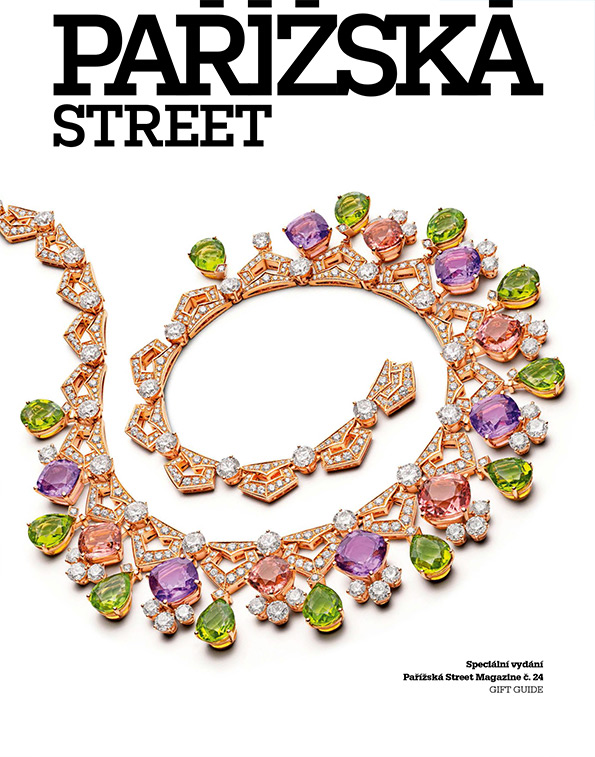While a thousand years ago people considered whales, porpoises, beavers and black geese to be seafood, nowadays only animals under the sea are put in this category. That means fish, gastropods, bivalve molluscs, cephalopods, crustaceans, jellyfish and echinoderms. We have selected some of our favourites from their ranks and we have some tips on where to go to find them and how to cook them at home.
Apart from lobsters, crab, squid, mussels, sea urchins and jellyfish, which we have decided to focus on, other edible sea creatures includesuch delicacies as clams, oysters, snails, octopus, squid, crawfish, shrimp, starfish or sea cucumbers.Seafood naturally includes fish too, which we have omitted here as, in our opinion, they merit a separate article.
It seems almost incredible that even after 40 thousand years of man feeding on crustaceans, shells and octopi in East Asia, in the middle of Europe they still deliberate as to whether they should celebrate a unique occasion with mussels in wine or the tried-and tested collar of pork. Even today, cooks hold to the rule that has prevailed over seafood for thousands of years, the best way to cook seafood is to keep it simple and fast with very few other ingredients. It is most likely that diners’ fear of the unknown is behind the fact that most fish and seafood is eaten in restaurants. “There are not many types of seafood that I couldn’t cook at home, or at least I think so, but I would certainly prefer to go to a restaurant for seafood. Mainly for the convenience, the preparation and hygiene,” says the head chef of La Finestra, Tomáš Černý, confirming the statistics. Fresh catches are sent to the better restaurants in cold boxes up to twice a week.
American Indians used lobsters to fertilise their fields, or as bait for fish. Three hundred years ago lobsters were eaten by the poorest, servants and convicts. Lobster was going for a song, moreover the seas were so full of them, that all you had to do was bend down and pick one up. Their price began to pick up momentum by the end of the 19th century, however, it really took off with the start of World War Two. Nowadays a lobster weighing a kilo costs approximately CZK 1,000, but when you realise that only the meat from the tail and claws is eaten, a portion of this delicate meat hardly amounts to 300 grams. If you intend to cook it at home, it should be borne in mind that it will take a lot of courage to throw them in head first into boiling water. It will help if you cool them for a while beforehand. The lobster will be in a daze and doesn’t feel a thing. After cooking break open the claws and carve the meat from the tail. Use a sharp knife, a fork, a scraping spoon with two prongs and pliers. You won’t get anywhere without the pliers or an experienced waiter. Special pliers are used to crack the claws, which hold the best meat. An example of where you can enjoy lobster, ideally with a glass of white wine, is Les Moules, Pařížská 19/203, Prague 1
Crabs most likely first crawled on our planet in the Jurassic, it is known that they lived here many tens of millions of years before mankind, who now uses them for cutlets and croquettes, cooks bouillabaisse, processes their meat into crab sticks and stuffs them with artichokes. The French like to make the famous creamy bisque soup out of crabs, lobsters and crawfish. Basically, it is a strong broth made of whole shellfish and vegetables. A real bisque is thickened from a fine paste made of the ground shells and claws. Whole cooked crab can look impenetrable, but the truth is that, after twisting off the limbs and claws, you can easily remove the body from the shell. Pliers can be used to crack the claws, otherwise they are not so necessary. For domestic culinary delights a 1.5 to 3 kg red king crab can, for example, be bought for CZK 1900 at www.cerstveryby.cz. Crabs make up a fifth of the marine crustaceans caught every year. For the art of taste in a crab package head for Sansho, Petrská 25, Prague 1.
Under the famous name of calamari we find squid. On its evolutionary route, from pre-history to the plate of today, it lost its shell, thereby making its culinary preparation easier for its predators. Squid can be cooked either whole, where its hollow body can be filled with a herb stuffing with garlic or ginger, or it can be served up sliced into strips or in rings. Pieces of squid meat only need a minute on a high flame, some green herbs and they are ready to be served. The delicate meat of calamari is loved by both Mediterranean European kitchen as well as Japanese, Korean or Chinese, who are not afraid to eat it raw. Fresh calamari tubes or small tubs of Pacific squid can be bought at an average price of 160, or CZK 260 per kilogram. Grilled squid can be found on the menu at the Yugoslavian restaurant Lukalu, Újezd 33, Prague 1.
It’s fun with mussels. Often their consumption is associated with the physical effort required to get the animal out of its shell. Mankind has been doing this for a few thousand years, which is how long the human species has been enjoying mussels. When cooked, mussels open up their shells and if you use another empty shell instead of tweezers, it is easy to catch hold of the meat and pull it out. Mussels are in perfect harmony with white wine or root vegetables. “I like preparing ordinary mussels or Atlantic scallops in a sauce or just with truffles, because it is so simple to cook them like this and they have such an inimitable taste. You can’t go far wrong by choosing the grooved carpet shell with garlic and chili,” is head-chef Tomáš Černý’s recommendation. You can enjoy their great taste, for example, at La Finestra, Platnéřská 90/13, Prague 1 or in La Gare, V Celnici 3, Prague 1, or at Zdenek’s Oyster Bar, Malá Štupartská 635/5, Prague 1.
The Japanese, Koreans and Chinese can hardly imagine their cuisine without jellyfish. Usually they are dried and conserved with salt, to prevent them going off and making them easy to store and transport. Prior to cooking the Chinese soak their dried salted jellyfish overnight, then they either cook it or eat it raw. The Japanese serve washed and soaked jellyfish cut up into stripes with vinegar as a starter. Apparently the Malays consider jellyfish to be “music for the teeth”.
















